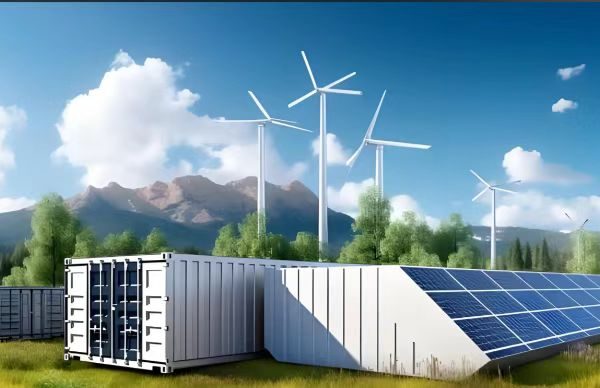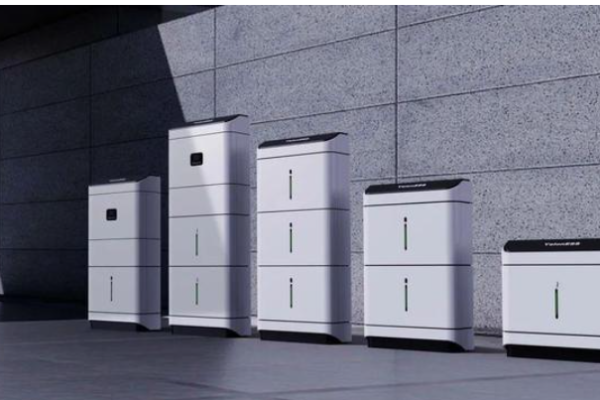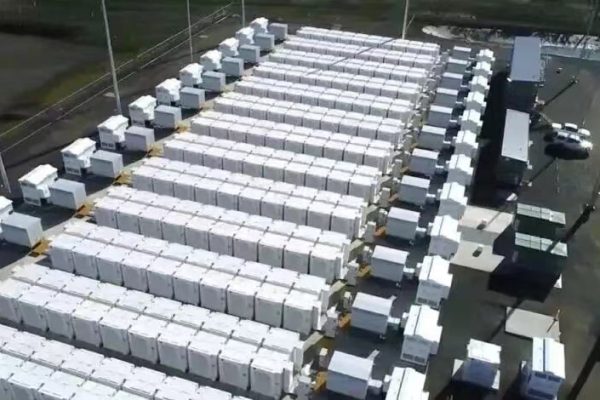Energy Challenges in Rural Africa
Across Africa, millions of villages and remote communities still lack reliable access to electricity. Traditional grid expansion is often too costly or logistically difficult. As a result, energy storage systems (ESS) are becoming essential components of off-grid and mini-grid solutions. Understanding the specific demand drivers in African villages allows exporters to offer systems that meet local needs while ensuring sustainability and profitability.
1. Drivers of Storage Demand
- Electricity Access Gaps: Many communities rely on diesel generators or have intermittent grid supply.
- Economic Development: Small enterprises require reliable power for milling, refrigeration, and telecommunications.
- Education and Health: Schools and clinics need electricity for lighting, computers, and medical equipment.
- Solar Integration: PV is increasingly common; batteries are needed to store daytime energy for evening use.
Exporter Tip: Position ESS as both a developmental tool and a revenue-generating investment.
2. Typical Storage Capacity Requirements
- Small Homes: 2–5 kWh per household.
- Community Centers: 10–50 kWh for shared facilities.
- Village Mini-Grids: 50–500 kWh depending on size and load.
Exporter Tip: Provide modular solutions that can scale as community demand grows.
3. Environmental and Climate Considerations
- Temperature: Many regions experience high ambient temperatures; batteries must operate reliably.
- Humidity and Dust: Systems should be robust, with protective enclosures.
- Seasonal Variability: Storage sizing must account for rainy and dry seasons affecting solar generation.
Exporter Tip: Highlight temperature tolerance, IP ratings, and durability in datasheets.
4. Buyer Profiles and Motivations
- Local Cooperatives: Communities pooling resources to buy microgrid systems.
- NGOs and Development Agencies: Seek reliable, sustainable energy for social programs.
- Private Entrepreneurs: Small-scale businesses providing charging stations, cold storage, or irrigation.
- Government Programs: Rural electrification initiatives sponsored by ministries or international donors.
Exporter Tip: Tailor marketing and quotations to buyer type and funding model.
5. Financing and Payment Considerations
- High Upfront Costs: Many villages cannot pay full price immediately.
- Alternative Models: Leasing, pay-as-you-go (PAYG), and micro-financing are effective solutions.
- Subsidies: International development funds can offset costs.
Exporter Tip: Offer flexible financing options and clarify TCO to buyers.
6. Risks and Mitigation Strategies
- Logistics: Transporting batteries to remote locations is challenging.
- Maintenance: Local technical expertise may be limited.
- Policy Risks: Changing government priorities can affect funding and adoption.
Exporter Tip: Include training, remote monitoring, and local support services to reduce risk.
7. Market Opportunity for Exporters
Africa’s rural storage market represents a rapidly growing opportunity for ESS exporters. Systems that are affordable, durable, modular, and easy to maintain are most attractive. By understanding local needs, climate challenges, and financing constraints, exporters can position themselves as reliable partners for rural electrification and sustainable development.









